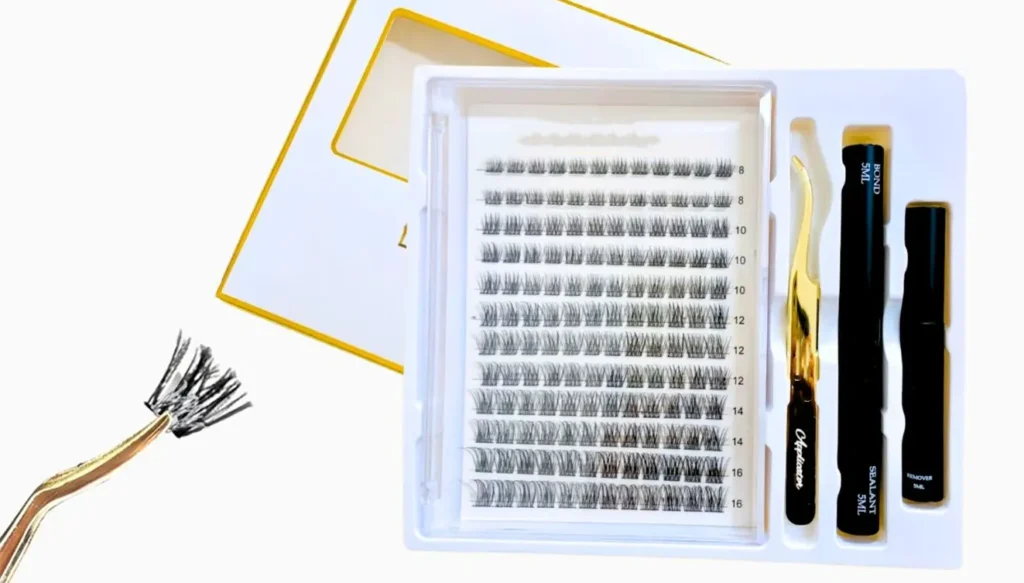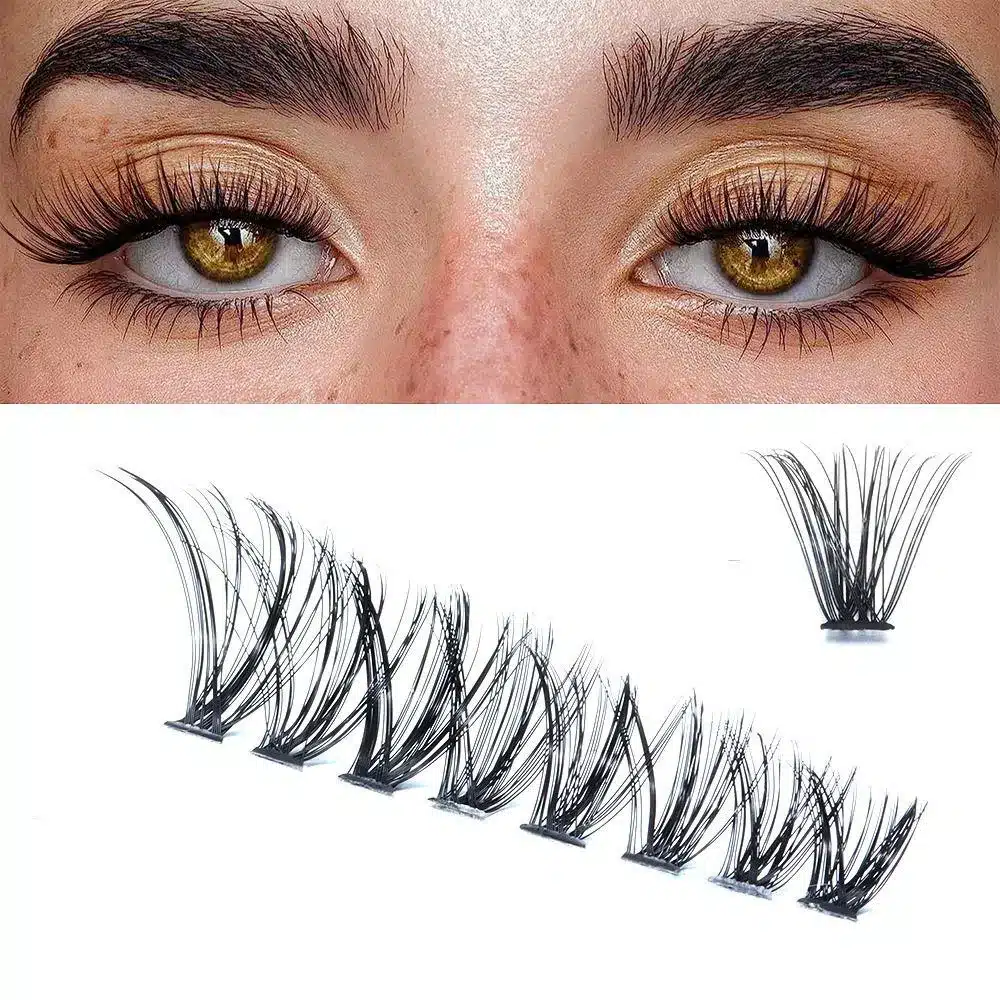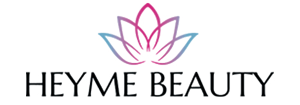![]()
DIY lash extensions have gained popularity as an alternative to professional lash extensions done at salons. These extensions are designed for individuals who want to enhance their natural lashes with a more convenient and cost-effective solution. In this article, we’ll explore what DIY lash extensions are, how they differ from salon extensions, their benefits and drawbacks, application methods, maintenance tips, and safety considerations.
What are DIY Lash Extensions?

DIY lash extensions, short for “do-it-yourself” lash extensions, refer to synthetic or natural hair fibers attached to individual natural lashes using adhesive. Unlike salon extensions that require professional application by trained technicians, DIY extensions are meant for home use and typically come in kits containing everything needed for the application.
Key Differences from Salon Extensions
One of the primary differences between DIY and salon lash extensions is the application process. Salon extensions involve the precise placement of individual extensions onto natural lashes using specialized tools and professional-grade adhesives. In contrast, DIY kits often use strip lashes or clusters that are applied to multiple natural lashes at once, providing a quicker but less customized result.

Benefits of DIY Lash Extensions
- Cost-Effective: DIY kits are generally more affordable than salon appointments, making them accessible to a wider audience.
- Convenience: DIY extensions allow users to enhance their lashes at home, saving time and eliminating the need for frequent salon visits.
- Customization: While not as precise as salon extensions, DIY kits offer options for different styles, lengths, and curl types to suit individual preferences.
- Learning Experience: Applying DIY extensions can be a learning opportunity, helping users understand lash anatomy and proper application techniques.
DIY Lash Extension Kits Typically Include:
- Lash Extensions: Synthetic or natural hair fibers in various lengths and styles.
- Bond: Specialized glue – Bond designed for lash extensions.
- Sealant: Used for daily waterproofing, to prevent detachment due to water contact during long-term use of the DIY lash extension.
- Application Tools: Tweezers, applicator wands, and lash combs for precise placement.
- Remover: Solution for safely removing extensions when needed.
DIY Lash Extensions Application Methods
- Preparation: Cleanse lashes and remove makeup to ensure a clean surface for application.
- Isolation: Use a lash comb or tweezers to separate individual natural lashes for extension placement.
- Application: Dip extensions in adhesive and carefully attach them to natural lashes, avoiding contact with skin or eyes.
- Curing: Allow adhesive to dry and bond extensions securely to natural lashes.
- Finishing Touches: Trim excess length, if necessary, and style extensions for the desired look.
Matters Needing Attention
- Patch Test: Perform a patch test with adhesive and extension materials on a small area of skin to check for allergic reactions before full application.
- Follow Instructions: Read and follow the instructions provided with the kit for proper application, removal, and maintenance.
- Quality Products: Use high-quality, reputable brands for extensions, adhesives, and other products to minimize risks.
- Consult Professionals: Seek advice from lash technicians or dermatologists if unsure about application techniques or product safety.
Conclusion
DIY lash extensions offer a convenient and budget-friendly way to enhance lashes at home. While they come with risks and require proper application and maintenance, many individuals enjoy the flexibility and customization they provide. By understanding the process, risks, and safety measures, users can achieve beautiful lash extensions safely and effectively.
